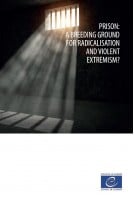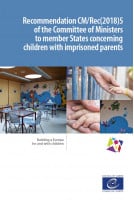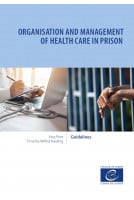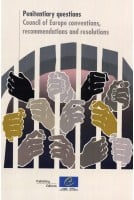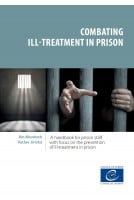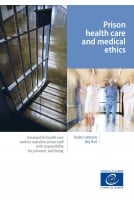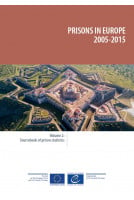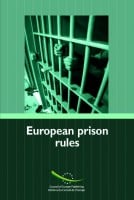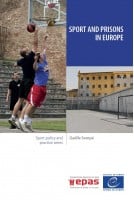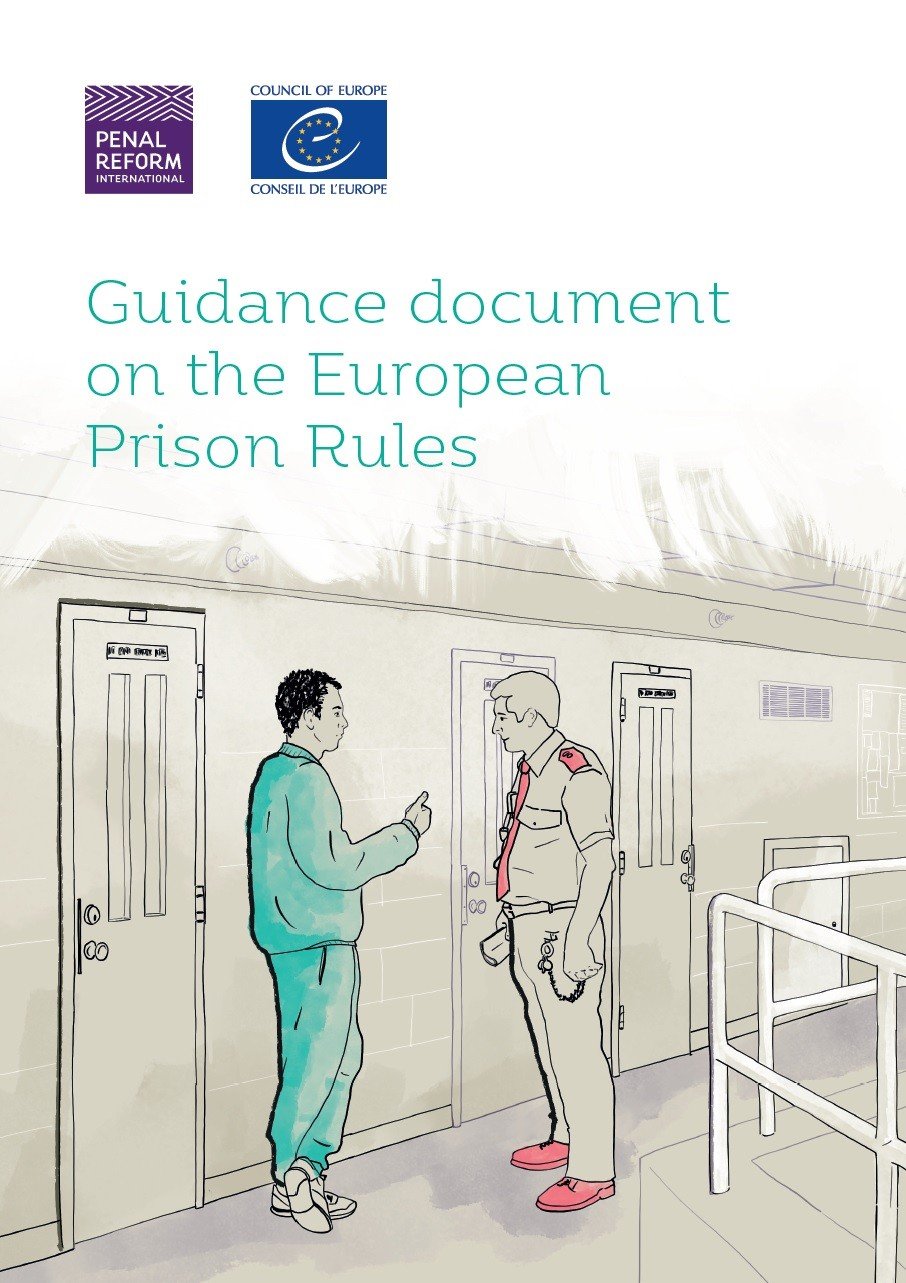Introduction Terminology
Abbreviations and acronyms
The European Prison Rules in context Chapter 1 Inspection and monitoring
1.1 Frequency and modalities of inspections and monitoring
1.2 Inspection
1.3 Independent monitoring
1.4 Protection from reprisals
Chapter 2 Categories of prisoners
2.1 Untried prisoners
2.2 Sentenced prisoners
2.3 Women
2.4 Infants in prison
2.5 Detained children
2.6 Foreign nationals
2.7 Ethnic or religious minorities
Chapter 3 Admission, allocation and accomodation
3.1 Admission and record keeping
Arrival and interactions with prison staff
Validity of detention
Prisoner file management
Security, confidentiality and accessibility
3.2 Allocation of prisoners
3.3 Accommodation and meeting basic needs
Cells and accommodation
Prison design and planning
Overcrowded prisons
Separation of categories
Chapter 4 Hygiene and healthcare
4.1 Hygiene
Basic sanitation and good hygiene practices
Hygiene measures in epidemics and pandemics
Access to sanitary facilities
Women and sanitation
Clothing and bedding
Nutrition
4.2 Healthcare
State responsibility for healthcare
Organisation of prison healthcare
Special considerations for healthcare
Prison healthcare staff
Duties of healthcare staff
Specialist care
Mental health
Medical experiments
Chapter 5 Contact with the outside world
Legal advice
The role of prison authorities to facilitate contact
In-person visits
Contact with children
Notifications
Contact during transfers
Participation in public life
Restrictions on contact
Chapter 6 Prison regime
Sentence planning
Prison work and vocational training
Exercise, cultural and religious activities 88
Preventing and countering violent extremism and radicalisation that can lead to terrorism
Education
Individualised activities and programmes
Chapter 7 Prison management
7.1 Information
Accessibility of information
Access to information for families
7.2 Prisoner’s property
7.3 Transfer of prisoners
7.4 Release of prisoners
7.5 Requests and complaints
Provision of information
Accessibility
Timely and appropriate responses
Record keeping
Protection against reprisals
7.6 Management and staff
Staff recruitment
Staff training
Staff terms and conditions
Systems of organisation and prison management
Chapter 8 Safety and security
8.1 Good order
Security and safety
Risk and needs assessments
Special high security or safety measures
Separation of prisoners
Searches and controls
8.2 Disciplinary measures
Disciplinary procedures
Prohibited sanctions and restrictions
8.3 Separation and solitary confinement
Time limits for solitary confinement
Safeguards and oversight
8.4 Use of force
Threshold for the use of force
Use of special forces units (police or other law enforcement agencies)
Record keeping and oversight
Training on use of force
Use of weapons
8.5 Instruments of restraint
Prohibited instruments
Safeguards and oversight
Chapter 9 Research and public awareness raising
9.1 Public awareness
Developing a communications strategy
Working with the community
9.2 Research and evaluation



